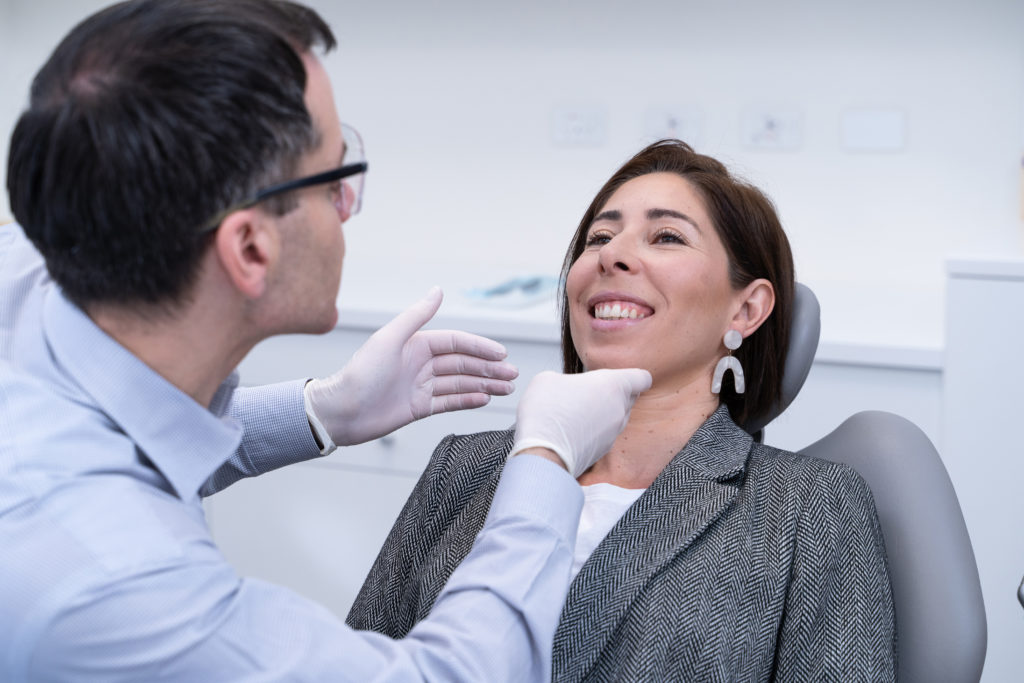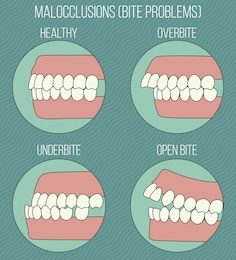Find Out Why A Braces and Malocclusions Assessment is Important

When people think of orthodontics, mostly what comes to mind is straightening teeth however, orthodontics is more than just braces, more than straightening teeth and definitely more than what your teeth look like. An orthodontic assessment can determine if you have a malocclusion.
What is a Malocclusion?
A malocclusion (you might hear this term when you see a Specialist Orthodontist in Adelaide) refers to your bite. Essentially, a malocclusion is when your teeth don’t meet correctly when you bite together. You might hear the terms overbite, crossbite, underbite, open bite and deep bite, just to name a few, to describe the kind of bite you might have.

Having a malocclusion can have quite a few negative impacts on your oral health and wellbeing including excessive tooth wear, jaw joint pain, gum recession and even headaches.
What are the symptoms of having a malocclusion?
Some symptoms can include:
- Abnormal alignment of teeth
- Abnormal wear of your teeth
- Alteration of facial structure
- Frequent biting of the inner cheeks or tongue
- Difficulty chewing or biting
- Speech difficulties, including the development of a lisp
- Breathing through your mouth, rather than your nose.
Can malocclusions cause headaches?
According to the Australian Society of Orthodontists, a severely misaligned jaw can lead to stress and pain in the teeth and jaw leading to headaches, particularly if it’s caused by grinding of the teeth.
Why is aligning my jaw important?
An uneven bite can put enough pressure on the joint that acts as the hinge for your jaw (known as the temporomandibular) leading to chronic headaches, which is why properly aligning the jaw and straightening the teeth need to go hand in hand.
How will I know if I have a malocclusion?
When you see a Specialist Orthodontist like myself, I’m not just looking at your teeth.
A facial examination is done at the initial consultation (read our blog what to expect at the first appointment) then a number of X-rays so I can see exactly what is going on. The X-rays are really important diagnostic tools that help me work out how and where the teeth need to move in order to straighten the teeth and if needed, to correct the bite and align the jaw correctly.
A Braces and Malocclusions Assessment
If you have any concerns, seeing a Specialist Orthodontist is a good idea. They can recommend treatment to correct the position of your teeth and avoid potential pain, discomfort, and oral complications.
If you are looking for an orthodontist in Adelaide, you can read more about my background here or make an appointment online here!
Until next time,
Keep Smiling!


